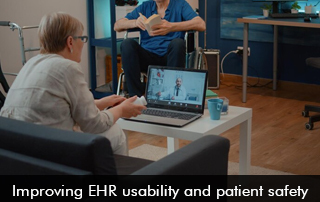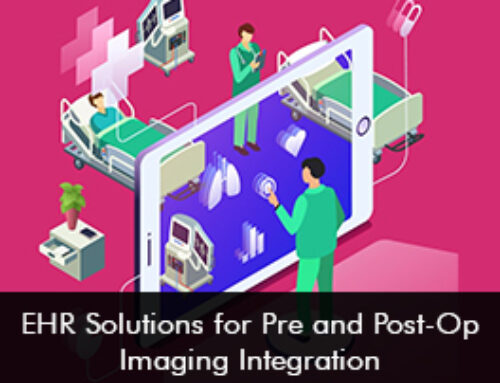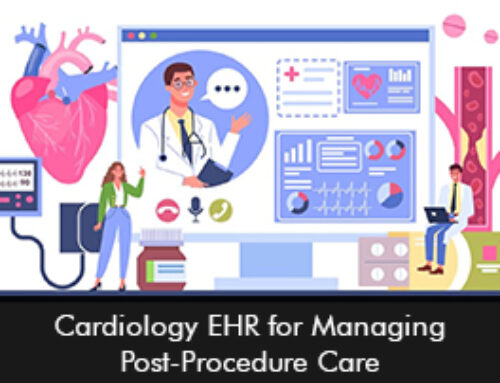Enhancing patient safety and the usability of Electronic Medical Records (EMR) Software are crucial objectives in the healthcare industry. Reducing errors, streamlining processes, and improving patient care are all possible outcomes of using EHR Software systems effectively.
The Relationship of EMR Software Usability and Patient Safety
There has been a wide implementation and adoption of EMR Software across healthcare organizations in the United States, however, electronic health records usability seems like an issue for many providers. A recent JAMA Study revealed a positive relationship between EMR usability and patient safety. The Research clearly shows that negative EHR Software usability impacts patient safety and can raise concerns.
The Importance of User-friendly EHR Software to Improve Patient Safety
Patient safety and the usability of Electronic Medical Records (EMR) Software are closely related. The ability of healthcare providers to enter, retrieve, and analyze patient data accurately and efficiently is greatly impacted by an EHR system that is easy to use and intuitive. Improved usability lowers the risk of mistakes, encourages reliable data entry, and makes it easier for clinicians to communicate with one another to promote care coordination and ensure high-quality patient care.
Improved patient safety can result from physicians being able to concentrate on patient care rather than juggling complicated technological interfaces and processes thanks to an EMR system that is well-designed and has reduced workflows.
On the other hand, unwieldy or clunky designed EHR systems can lead to workflow disruptions, user annoyance, and, in the worst situations, mistakes that could jeopardize patient safety. Thus, it is critical to prioritize and maximize EMR software usability to guarantee a safer and more efficient healthcare setting.
Strategies to Improve EMR Systems Usability and Patient Safety
Interoperability
To achieve streamlined workflows and reduce errors in care it is vital to select an EMR Software solution that offers strong interoperability options such as athenahealth Software. Interoperability makes way for seamless exchange of patient data between different systems and promotes care collaboration.
Training and Support
EHR vendors should give medical staff thorough instructions on how to operate the electronic medical records system both securely and effectively.
Providing continuing assistance is crucial to resolve any problems or inquiries that may come up while using the system.
Integration of Clinical Decision Support Tools
Provide healthcare practitioners with up-to-date, evidence-based information and alerts by integrating CDS technologies into EHR systems.
The warning feature aids in clinical decision-making helps detect possible adverse effects, and helps avoid prescription errors, improving patient safety.
Final Takeaway
It is important to use intuitive Electronic Medical Records Software that is simple to navigate by the provider. This gives opportunity to the physician to complete clinical tasks efficiently and quickly, giving more time to focus on patient care and hence reduce the likelihood of hazardous errors.







